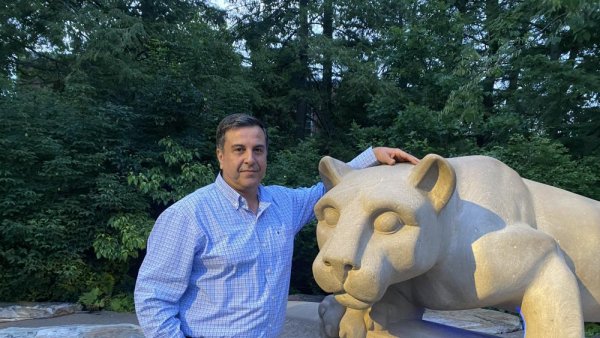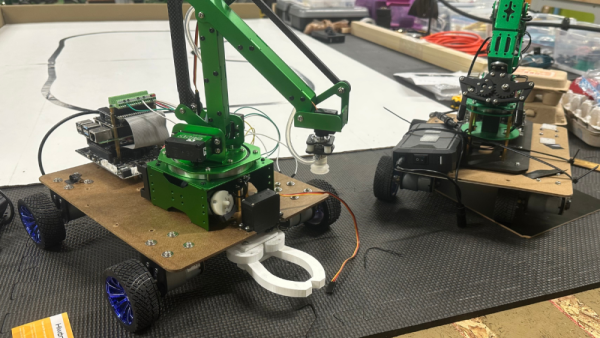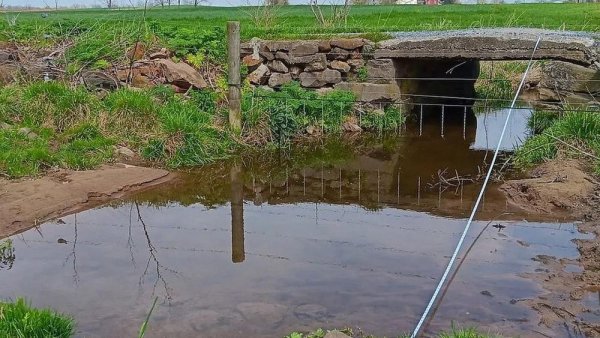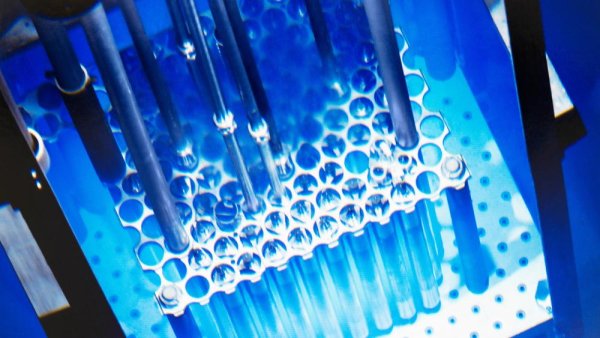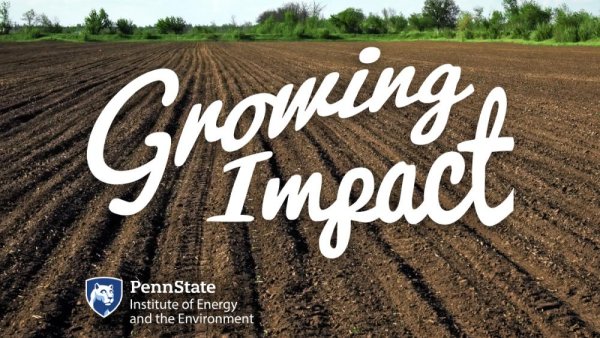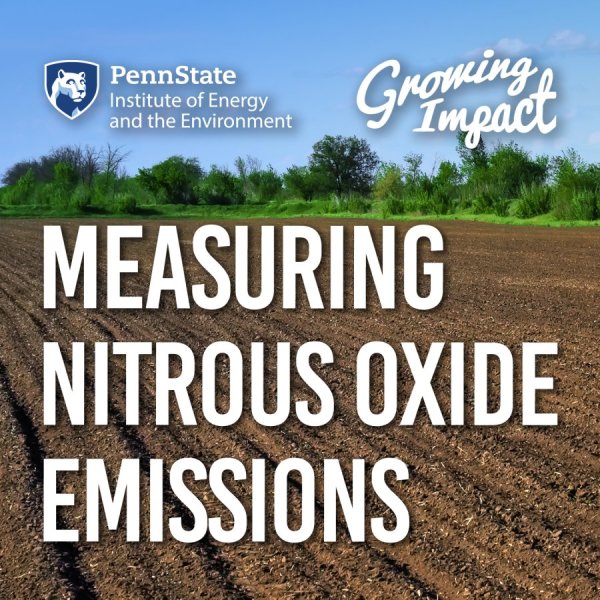Suat Irmak named fellow by leading world science society
| psu.edu
Suat Irmak, professor and head of agricultural and biological engineering in the College of Agricultural Sciences, has been elected to the latest cohort of fellows of the American Association for the Advancement of Science, the world’s largest general scientific society and publisher of the journal Science.
Investigating the environmental impact of post-consumer plastic in asphalt
Researchers collaborated with the Environmental Contaminants Analytical Laboratory to investigate if asphalt made with recycled plastic posed an environmental threat.
Indigenous Amazonian leader featured as keynote at Climate Solutions Symposium
| psu.edu
The keynote speaker for the 2025 Climate Solutions Symposium will be Nemonte Nenquimo, an Indigenous activist and leader of the Waorani Nation from Ecuador's Amazon region.
Registration open for American Statistical Association DataFest 2025
| psu.edu
Registration is now open for the American Statistical Association DataFest 2025 at Penn State University Park, to be held April 11-13.
Nanoscience pioneer, Penn State alumnus to present spring 2025 Kohn Lecture
| psu.edu
Chad A. Mirkin, director of the International Institute for Nanotechnology and the George B. Rathmann Professor of Chemistry at Northwestern University and Penn State alumnus, will present the Harold Kohn Endowed Distinguished Chemistry Alumni Lecture at 4:45 p.m. on Monday, April 21, in Berg Auditorium (100 Huck Life Sciences Building) at Penn State University Park. The lecture, titled “Exploring the ‘Matterverse’ Through Nanomaterial MegaLibraries and AI,” is free and open to the public.
Penn State’s Agribot Club: Where technology meets agriculture
| psu.edu
At the intersection of technology and agriculture, Penn State’s Agribot Club in the College of Agricultural Sciences aims to shape the future of farming through robotics.
New course helps students plan and design conservation structures on farms
| psu.edu
Penn State students interested in agricultural conservation will have a new opportunity to gain hands-on experience in fall 2025. The College of Agricultural Sciences’ Department of Agricultural and Biological Engineering is launching “ABSM 497-002: Ag structures: conservation,” a course designed to equip students with the technical knowledge and skills to identify and plan conservation structures on farms.
'Stories from the Field' returns with spring 2025 session on housing inequality
| psu.edu
Penn State’s “Stories from the Field” conversation series is returning this spring with a brand-new session focused on research examining housing inequality in North America. The talk, presented by Daniela Aiello, assistant professor of geography at Penn State, will take place from noon to 1 p.m. on Wednesday, April 16, via Zoom and in person in 214 Ferguson Building at University Park.
Fotis Sotiropoulos named Penn State’s executive vice president and provost following a national search
| psu.edu
Fotis Sotiropoulos, provost and senior vice president for academic affairs at Virginia Commonwealth University (VCU), will serve as Penn State’s next executive vice president and provost, effective Aug. 11.
$3.6M in grants awarded to nuclear engineering projects
| psu.edu
Multiple researchers in the Penn State Ken and Mary Alice Lindquist Department of Nuclear Engineering were recently awarded Nuclear Energy University Program grants from the U.S. Department of Energy.
Researchers working to address agricultural greenhouse gas emissions
| psu.edu
On the latest episode of “Growing Impact,” a team of Penn State researchers discusses how their seed grant project aims to address nitrous oxide emissions from the agricultural sector.
Growing Impact: Measuring nitrous oxide emissions
| Featuring Felipe Montes, Armen Kemanian, Estelle Couradeau
Nitrous oxide is a potent greenhouse gas with nearly 300 times the warming potential of carbon dioxide, making even small emissions highly impactful. Agriculture, particularly soil management, is the largest source of nitrous oxide. To better understand and manage these emissions, researchers have developed a system for continuous monitoring on farms and other land management purposes.

